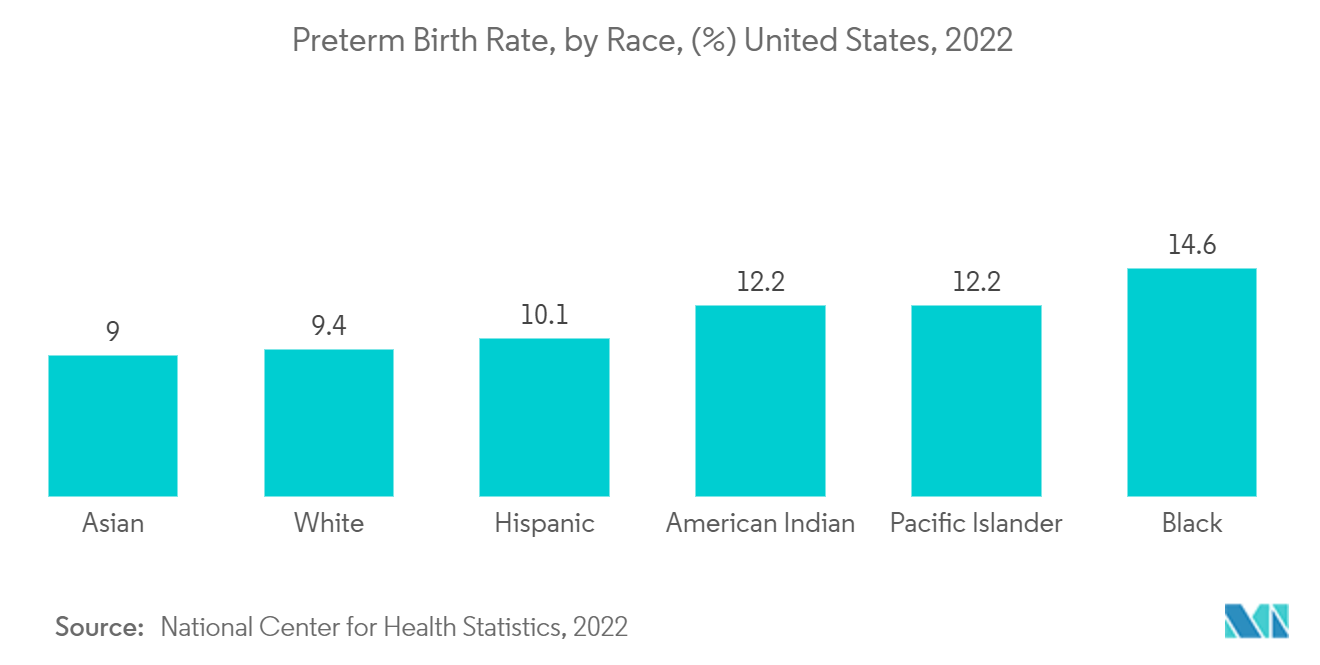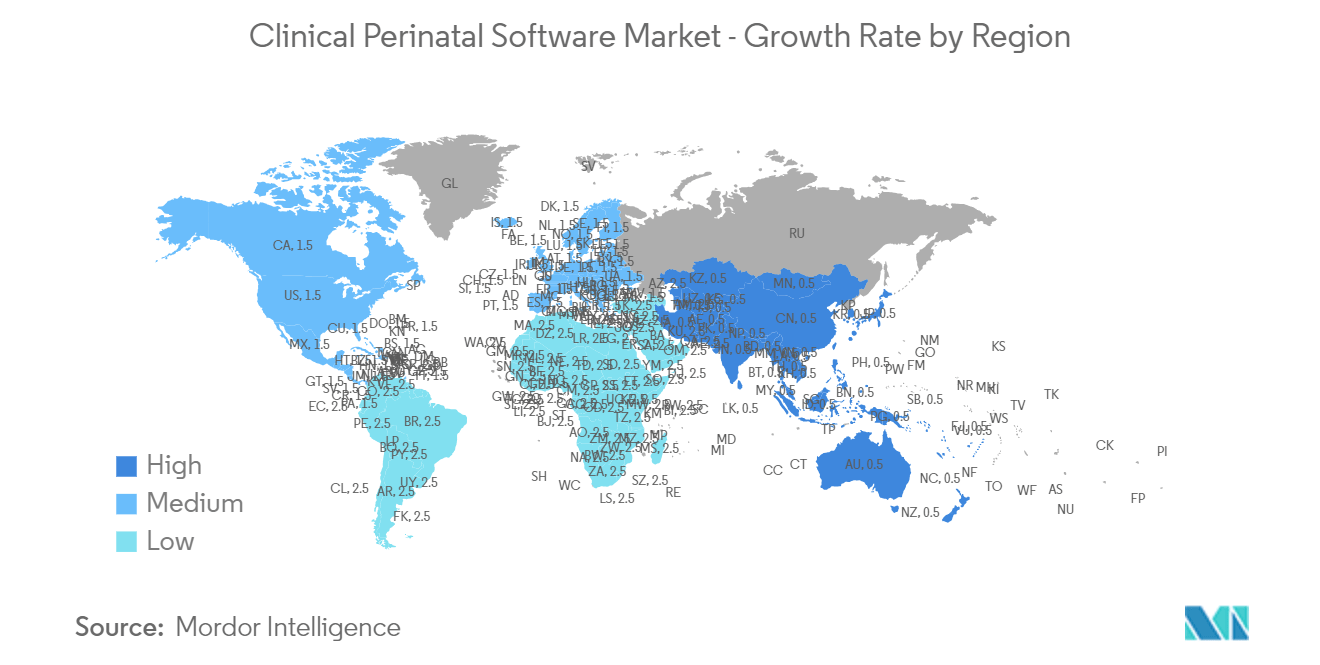Market Trends of Clinical Perinatal Software Industry
Integrated Segment is Expected to Witness Significant Growth During the Forecast Period
- The integrated segment is projected to experience rapid growth owing to the rising demand among medical experts for continuous workflow integration. Technological advancements integrated with electronic health records (EHR), billing systems, picture archiving and communication systems (PACS), and the adoption of artificial intelligence and data analytics in the system are expected to further drive segmental growth.
- Furthermore, enhanced capabilities of clinical perinatal software have led to more accurate predictions and personalized care plans, thereby increasing its adoption for maternity care. For instance, in January 2024, Pediatrix Medical Group, a US maternity care provider, announced the implementation of Sonio, a cloud-based, AI-powered prenatal care reporting and image management solution. This new technology integrates workflow and enhances quality assurance and clinical outcomes, resulting in an improved experience for both patients and providers. Therefore, the integrated segment is expected to grow significantly during the forecast period due to the abovementioned factors.
- Moreover, increased government funding to develop innovative models integrated with community-based maternal support services dramatically contributes to segmental growth. In September 2023, the US Department of Health and Human Services (HHS) announced that it had awarded more than USD 13.0 million in grants to 11 organizations for its Healthy Families Community-Based Perinatal Health Initiative (COPHI). Its objective is to improve maternity support services for pregnant and postpartum women. Such initiatives highlight the adoption of clinical perinatal software, influencing segmental growth.

North America is Expected to Dominate the Clinical Perinatal Software Market
- North America accounted for a significant share in 2023. It is anticipated to maintain its position during the forecast period. Factors such as well-structured and developed healthcare systems and high expenditure on healthcare, coupled with the robust research and development activities in these countries, are anticipated to boost market growth in the region. As per the data published by the Centers for Medicare & Medicaid Services (CMS), healthcare spending in the United States is projected to reach around USD 7.2 trillion or nearly 20.0% of gross domestic product (GDP) by 2031. Hence, North America is expected to cover a large share of the clinical perinatal software market.
- Various biological and environmental factors, such as maternal age, smoking habits, obesity, genito-urinary infection, diabetes mellitus, hypertension, alcohol, and illicit drug use, are influencing perinatal birth rates in the region. According to data published by the March of Dimes Organization, during 2020-2022, in the United States, perinatal birth rates were highest for women aged 40 and older compared to women aged below 40. Moreover, as per the data reported by the Ontario Fetal Centre, nearly 8.0% of babies (around 25,000) are born prematurely every year in Canada.
- Additionally, 13.4% and 12.8% of women of childbearing age reported smoking in Mexico and the United States, respectively, in 2022, as per the March of Dimes Organization. Smoking causes long-term effects on health and is a significant factor leading to preterm births. The rise in preterm birth is anticipated to drive the demand for perinatal software, as preterm babies are more susceptible to the above factors. Hence, the market studied is expected to witness significant growth in the region during the forecast period due to the above factors.


